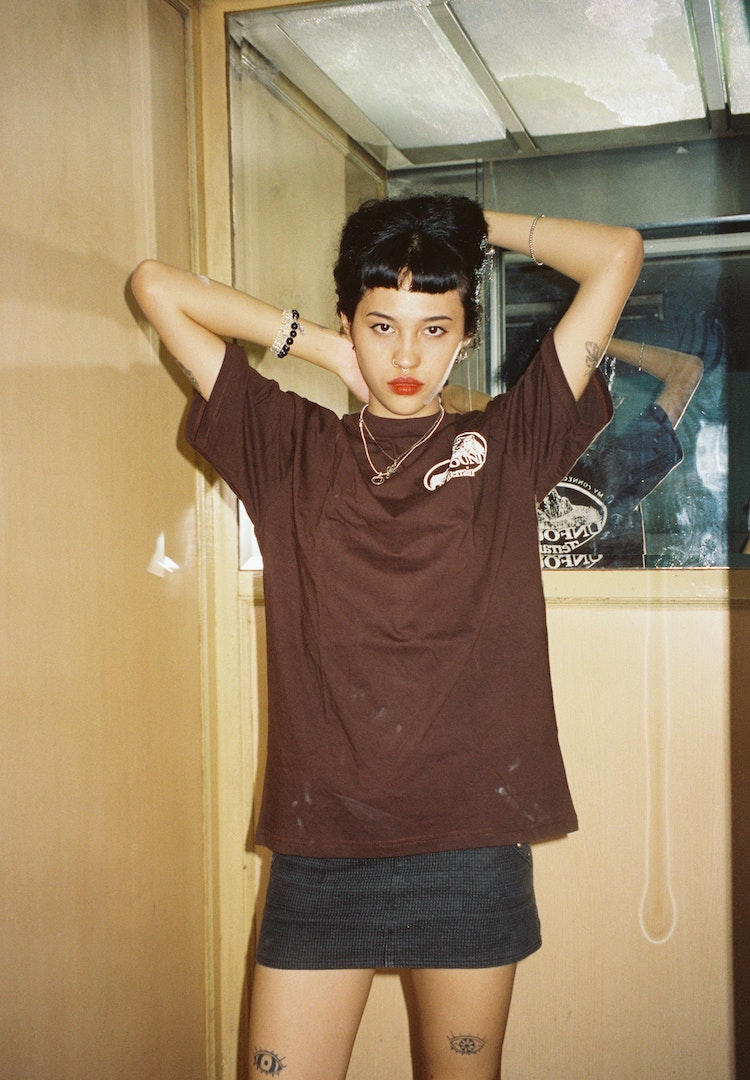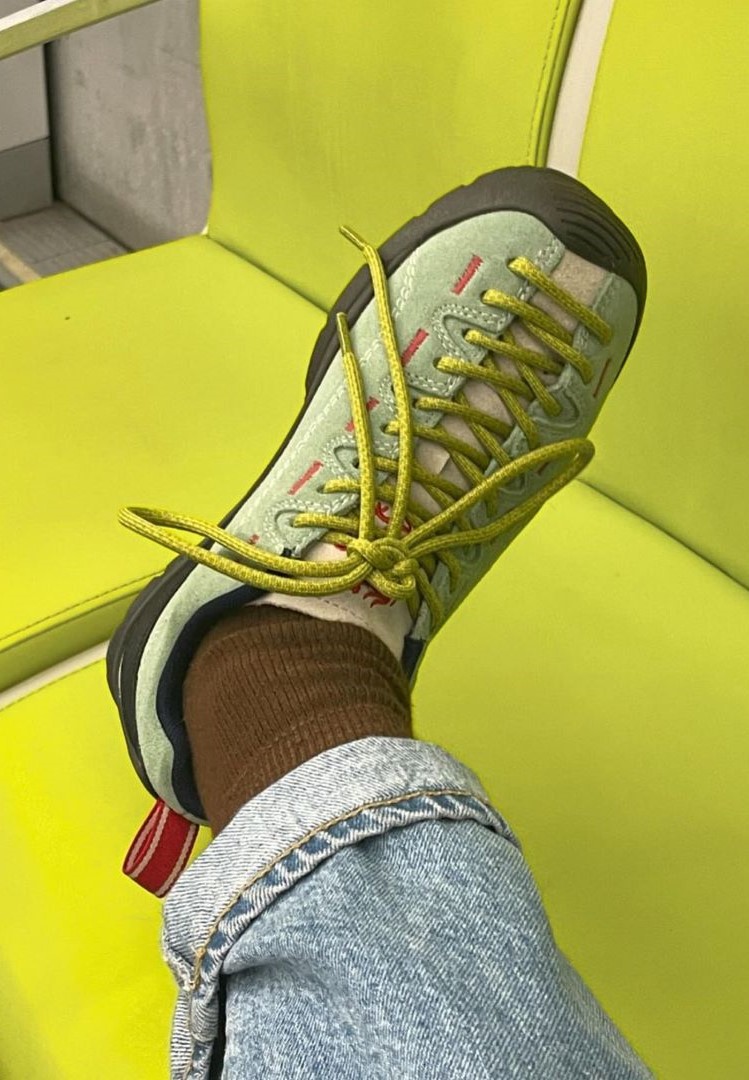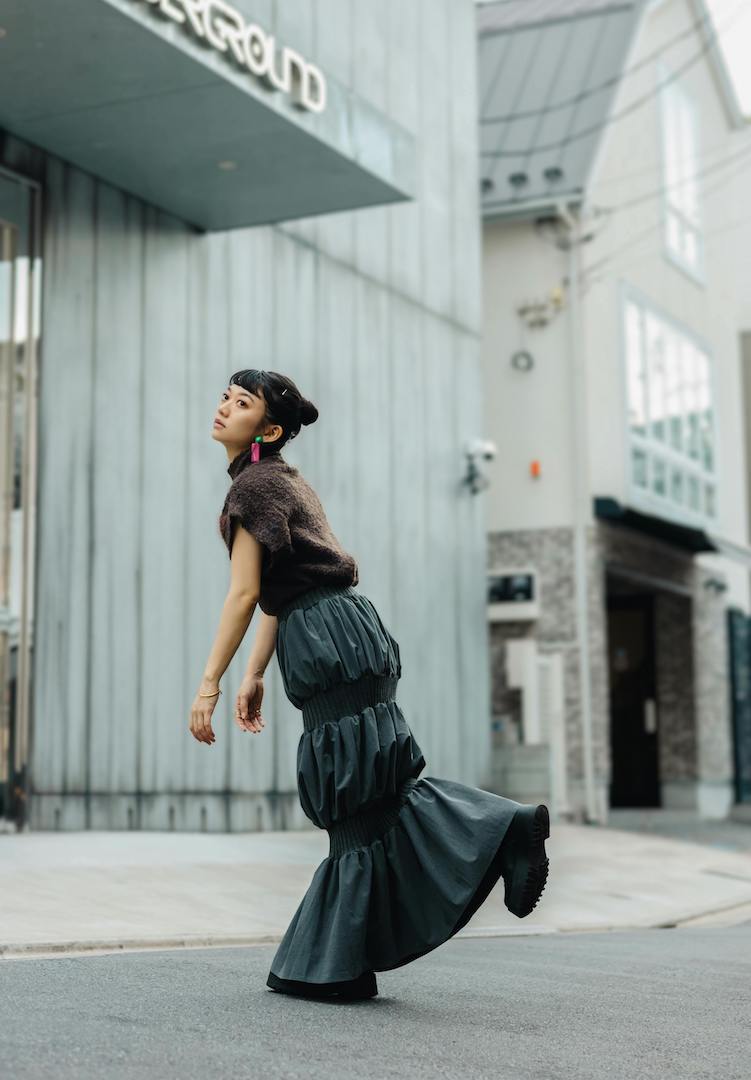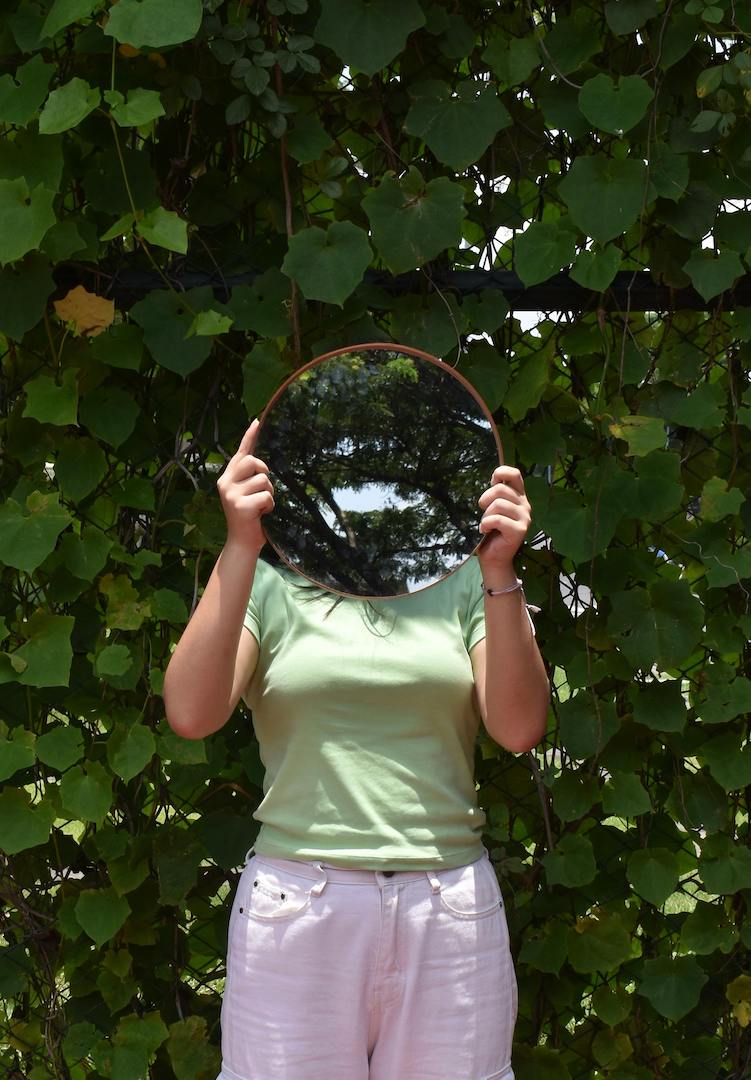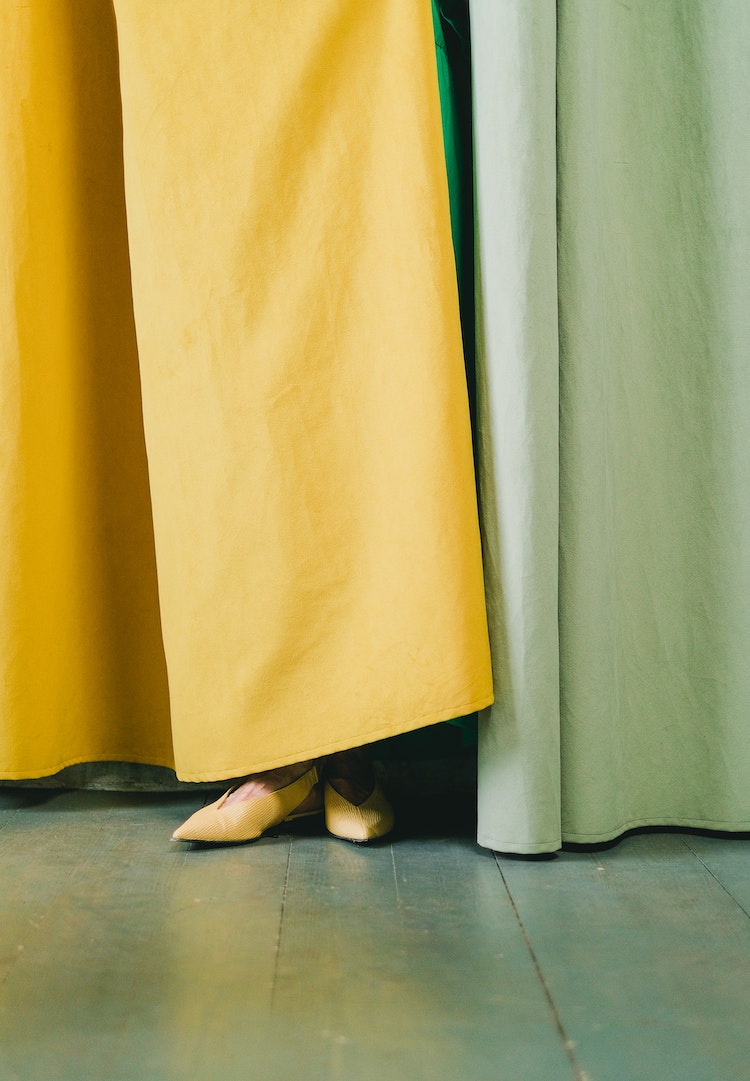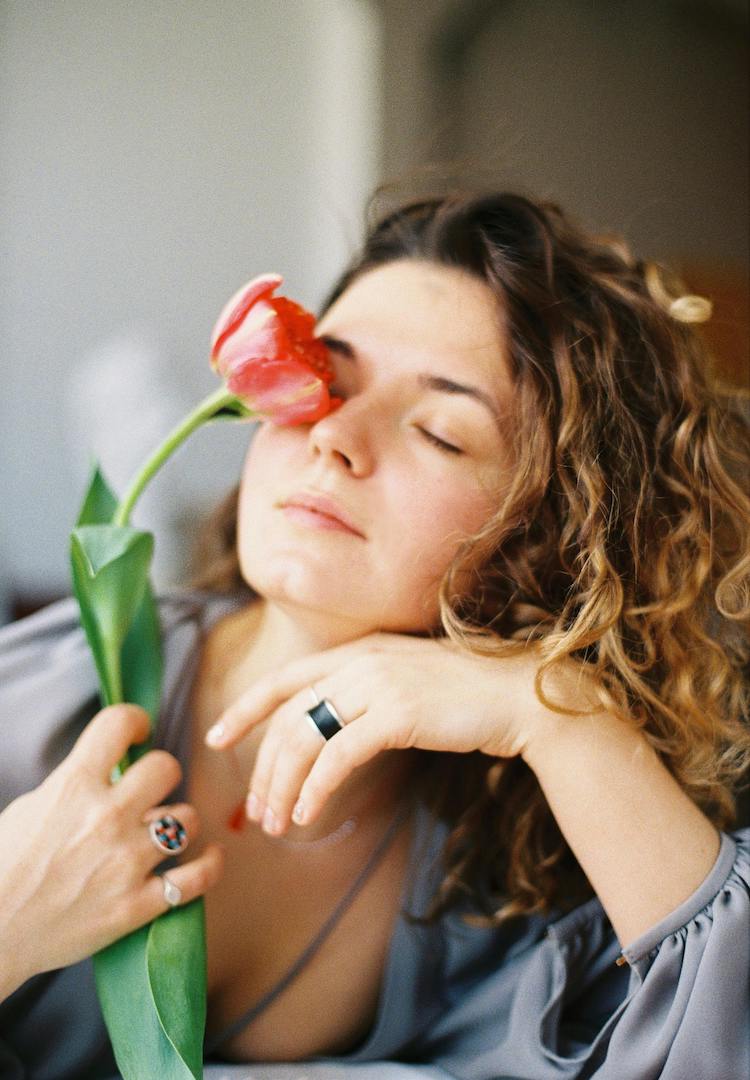The most effective ways to cull your wardrobe, according to people who work in fashion
WORDS BY KATE STREADER
It’s time to let go of those unworn items at the back of your cupboard.
Each time I approach a wardrobe cull, I go in confidently. I tell myself I must be brutal and finally loosen my grip on those unworn pieces I’ve carted from wardrobe to wardrobe across my last three sharehouses in case I might feel like wearing them one day, maybe.
Then, as I’m holding some random piece of clothing that hasn’t touched my skin in years while I stare at my (empty) throw-out pile, I start having second thoughts and shove everything back into my closet.
Interested to hear how others navigate the world? Head to our Life section.
Although I’ve started to shop more mindfully and choose items that will last a long time and aren’t tied to flash-in-the-pan trends, I’ve still got a bunch of clothes sitting in the back of my closet from when I was a less-thoughtful shopper.
And although I haven’t touched some of these items in years – usually because I purchased them on a whim and they don’t suit my style or pair with anything else I own – unless I’m absolutely certain some hypothetical future version of myself won’t miss them, I can’t seem to part ways with them.
So, I asked my coworkers and the internet for some advice on how to cull my closet. According to Vogue, the best way to start a wardrobe cleanout is by doing an inventory of what’s actually in your closet. This way, you’ll find those items hiding in the back that you forgot you even owned and you’ll be able to identify which items are overrepresented in your wardrobe.
For me, it’s band T-shirts from basically every gig I’ve ever attended. I rarely wear T-shirts anymore, but I justify hanging onto them because I could wear them to bed or to work out in (I never do) or for sentimental reasons (even though I will not think about these shirts again until I next attempt a clear-out).
Fashion Journal‘s Digital Editor, Cait Emma Burke, is a fellow sentimental clothing-keeper, though she is much better at letting go than me.
“I can be very sentimental with clothing, and as someone who worked with secondhand clothing for several years, I can be a bit of a hoarder,” she says. “But the act of getting dressed is way, way easier for me when my wardrobe is more streamlined, so I try to do a big cull every couple of months.
“When it comes to deciding what’s staying and what’s going, in the weeks leading up to the cull I’ll challenge myself to wear the items that I’m considering getting rid of. Usually, I’m reminded why I never gravitate towards it – maybe it sits weirdly, or is incredibly uncomfortable – and this solidifies my decision to pass it on to a new owner.
“Of course, it goes the other way, too. In a recent cull, I unearthed a really old Penny Sage knit that I realised I still loved. I upcycled/updated it slightly by removing the tassle trim, and now I wear it regularly,” she adds.
Fashion Journal‘s Partnerships and Campaign Manager, Ella Taverner, agrees that scrutinising what you do and don’t like about an item of clothing is a good way to decide if it’s worth keeping – is it comfortable? Does it fit well? Is it well made? Is it versatile?
“My main criteria for deciding whether or not to cull an item is comfort. After years of impulse buying in my teens and early twenties, my patience for wearing ill-fitting, poorly-made clothing is non-existent,” says Ella.
It’s much harder to tell yourself you might wear something one day if the reason you don’t wear it now is that it rides up every time you sit down or the fabric itches or the collar chokes you slightly. No matter how much you love how something looks, if you don’t like how it feels when you wear it, it’s gotta go.
“Aside from formal pieces, I would consider most things in my wardrobe to be everyday pieces, meaning they can be worn for pretty much any occasion. Basically, if they’re not comfortable enough to wear on the daily, they get the cull,” says Ella.
“Same goes with anything I know is too (for lack of a better word) ‘trendy’. I try to avoid buying into oversaturated trends that I know won’t last more than a season, and the same applies to wardrobe culling.
“If I haven’t reached for something in a while, more often than not, I’ve realised it isn’t necessarily a reflection of my style, but rather a regrettable impulse purchase. I’m a much more conscious consumer these days and have significantly reduced the amount I buy (particularly off the rack), but I’d be lying if I said it didn’t happen,” she adds.
When you’ve finally reached the point of being able to part with some clothing, ask yourself what you can do to further its lifespan – we don’t need to be adding more clothing to landfill. Can you sell it? Depop, eBay, Facebook Marketplace, consignment stores and local markets are all good options. Otherwise, try donating it to a charity store or pass it on to someone you know who will wear it.
“I sell the most expensive designer items on Depop or on groups like Ppennylane on Facebook, and the stuff that’s still good quality but not as expensive I take to my favourite local consignment store, Goodbyes,” says Cait.
And if those options aren’t appropriate, ask yourself what other uses these items can serve. Can you repurpose it into something else like a cushion cover? Cut it up to use as a cleaning rag? Turn it into a chew toy for your pet? Or, if it’s made from natural fibres, can you compost it?
There are several options to consider before throwing an unworn item of clothing in the bin. Now, excuse me while I go clean out my wardrobe.
This article was originally published on June 29, 2022.
For more tips on cleaning out your closet, head here.


